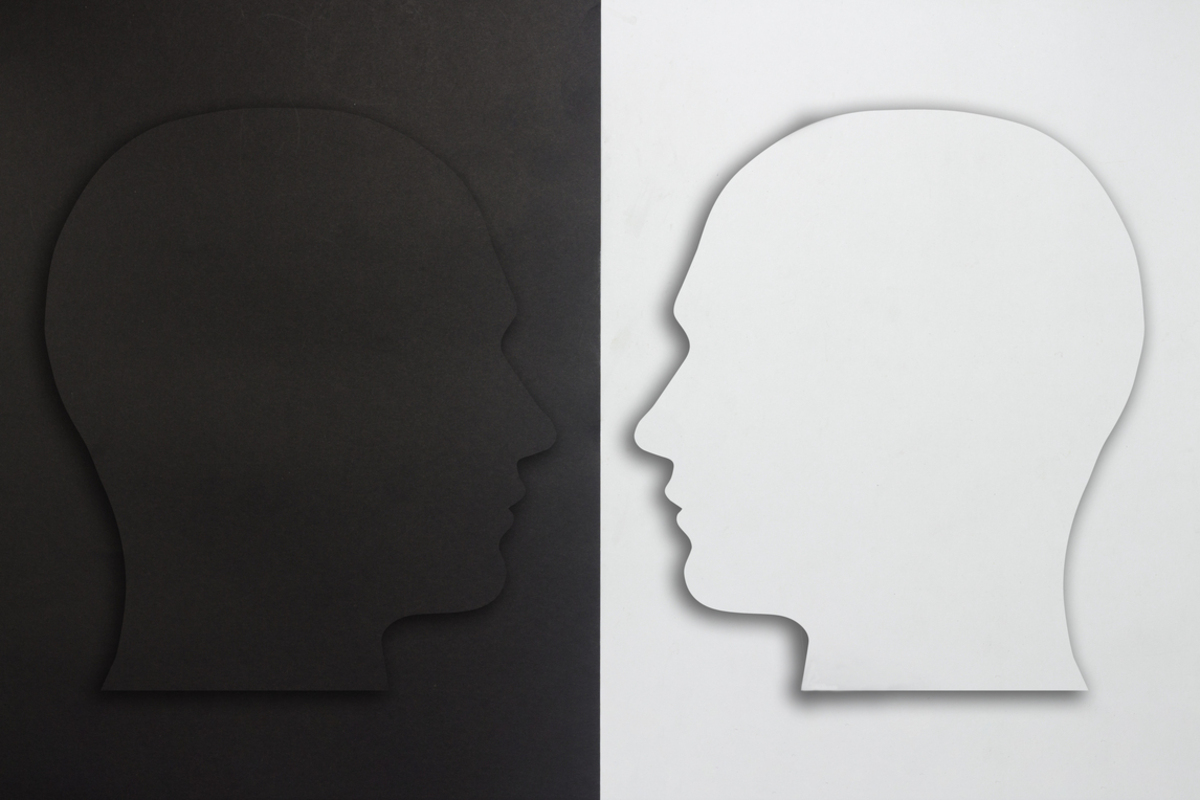Bipolar disorder, once known as manic depression, is a lifelong illness that causes mood shifts ranging from extreme highs (or mania) to depression. These episodes vary in intensity and length and this is why we have four main categories of bipolar disorder:
- Bipolar I Disorder
- Bipolar II Disorder
- Cyclothymic Disorder (Cyclothymia)
- Other Specified and Unspecified Bipolar and Related Disorders

In the past weeks we’ve talked about bipolar disorder a lot so, if interested, you can learn more about bipolar I and bipolar II disorders as well.
What is cyclothymic disorder?
Cyclothymic disorder is characterized by extreme mood instability and abnormally regulated emotions. Cyclothymia is a type of bipolar disorder that involves numerous periods with depressive symptoms and also periods of hypomanic behavior. These symptoms are never intense enough to be considered full-blown depression or hypomania. When depressive symptoms fail to meet the diagnostic criteria for a depressive episode, the condition is called dysthymia.
According to the main psychiatric manual, the DSM-5, the diagnosis of cyclothymia is given to patients who go though at least two years (a year for children and adolescents) of numerous depressive and hypomanic-like symptoms without ever reaching the criteria for manic, hypomanic, or depressive episode.
It is different from bipolar II disorder, which is characterized by at least one major depressive episode. If a person meets criteria for a depressive episode after two years of going through cyclothmia, the doctor is likely to switch the diagnosis to bipolar II disorder.
The only time when doctors won’t diagnose cyclothymic disorder with these symptoms is when they are better explained by some other mental disorder like schizophrenia, delusional disorder, illnesses such as hypothyroidism, or some form of substance abuse (including medication).
The concept of mood disorder that resembles cyclothymia can be dated back to mid of the 19th century, but it’s been ignored or assigned to “major depression” almost the entire 20th century.
Briefly on other types of bipolar disorder
- Bipolar I disorder is a mood disorder where a person experiences at least one manic episode with or without depressive episodes, which are not required to make the diagnosis.
- Bipolar II disorder — unlike bipolar I, where depression isn’t required to make a diagnosis — is characterized by both hypomanic (milder form of mania) and depressive episodes.
- Bipolar disorder unspecified or not otherwise specified is when a person experiences certain symptoms of bipolar I, II, or cyclothymic disorder, but they don’t fit to any of the three “main” categories.
The treatment of cyclothymia
Cyclothymic disorder is more frequent among family members of people suffering from either bipolar I or bipolar II disorder. Some individuals even develop bipolar I or II years after being diagnosed with cyclothymia.
A lot of patients with cyclothymia get the correct diagnosis and treatment only many years after they first noticed symptoms, but once they’re diagnosed, there’s a wide choice of treatments used to stabilize the condition. A large-scale online survey showed that people with cyclothymia often suffer from sleep disorders — including falling asleep late, poor sleep quality, nighttime waking, and insomnia. They frequently turn to sleep medications for help.
Research on cyclothymia is, unfortunately, limited and more studies are very much needed, but this doesn’t mean that you can’t make progress and get better. On the contrary!
- Support groups play a big role in stabilizing mood, so therapists usually recommend them as an important part of treatment.
- Psychoeducation is also a great way to help patients to learn how to cope with their illness. It’s basically learning about your illness and, together with your therapist, finding your triggers and learning what you can do about them.
- The use of antidepressants in the treatment of cyclothymic disorder has been discussed a lot lately, because of the lack of studies on their benefits or risks. There are no firm conclusions, but some recent studies suggest that long-term exposure to antidepressants might lead to even further mood destabilization and cycle acceleration, especially with older medications such as tricyclics.
The bottom line
- Photo courtesy of SteadyHealth
- https://books.google.ba/books?id=-JivBAAAQBAJ https://www.ncbi.nlm.nih.gov/pmc/articles/PMC5405616/ https://www.ncbi.nlm.nih.gov/pubmed/18486237 https://www.sciencedirect.com/topics/pharmacology-toxicology-and-pharmaceutical-science/cyclothymia https://journalbipolardisorders.springeropen.com/articles/10.1186/s40345-018-0133-9


Your thoughts on this